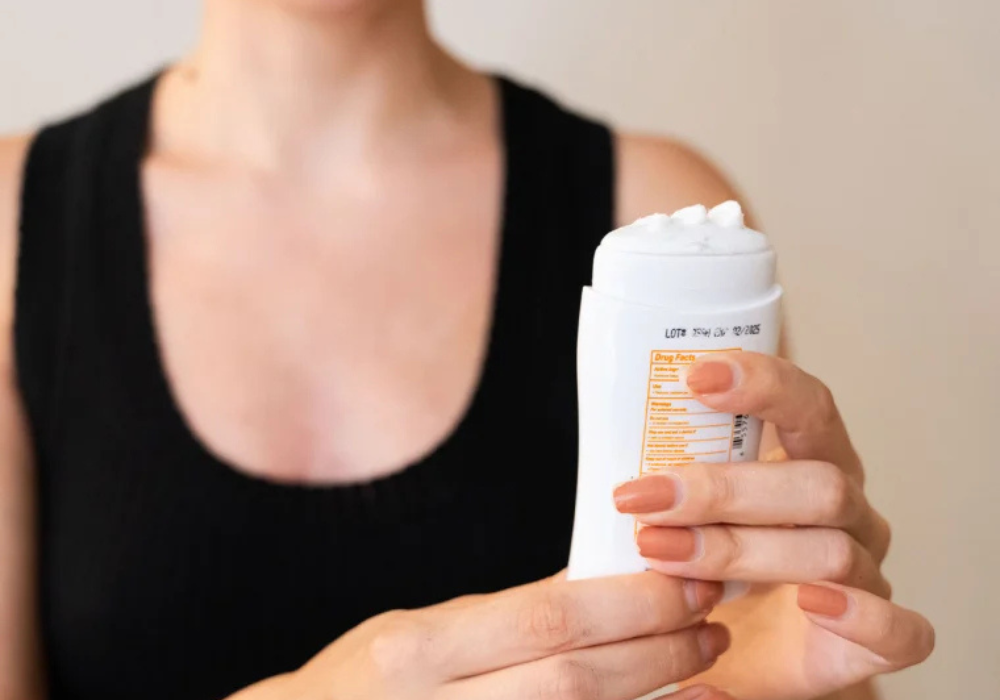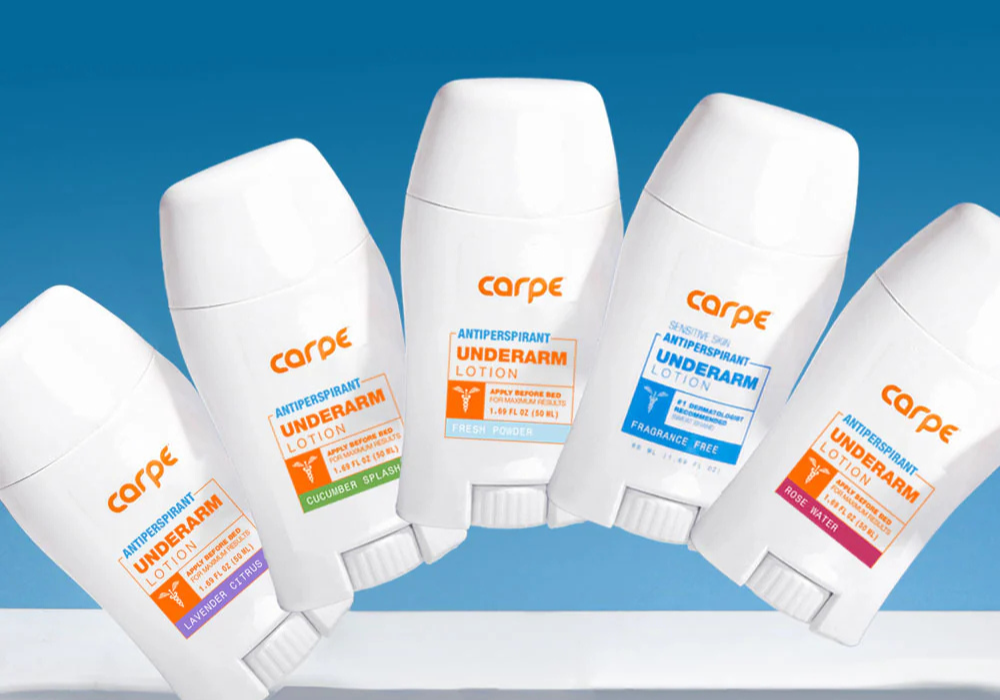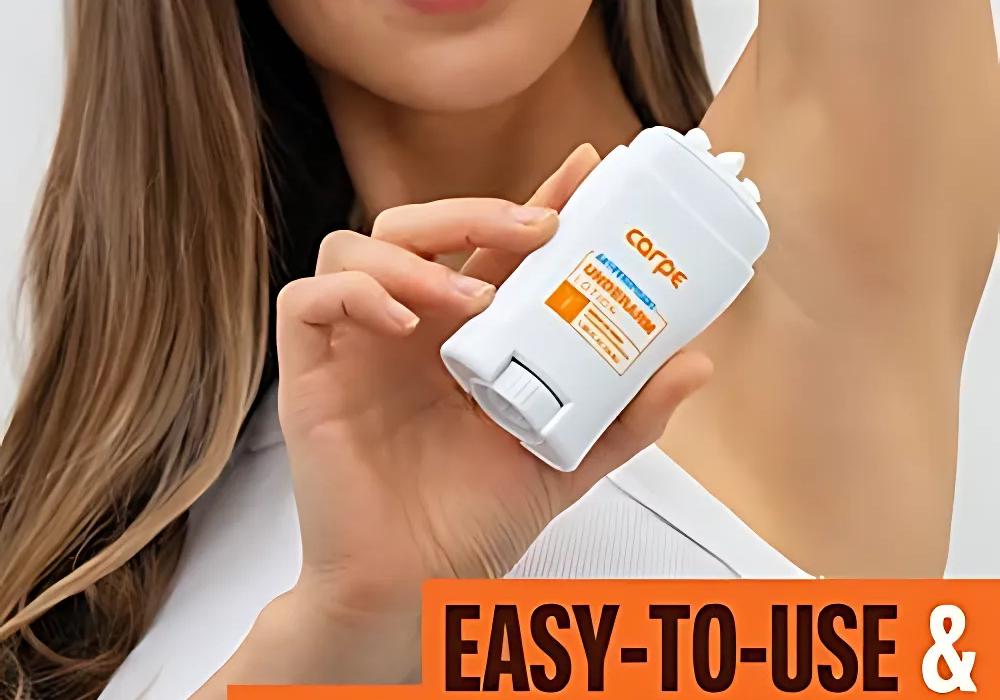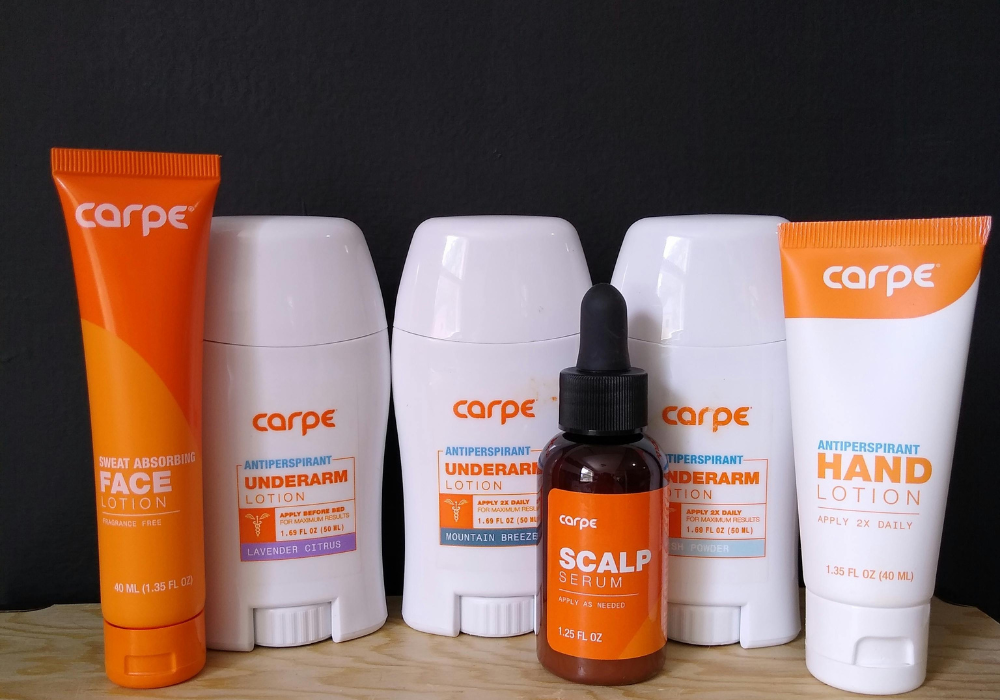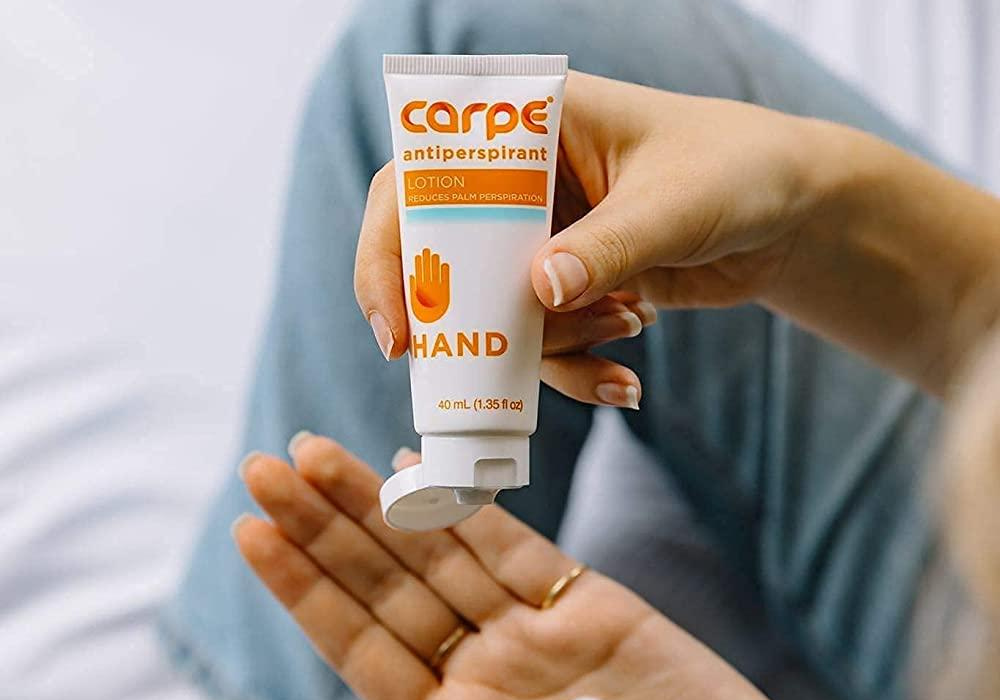Building on the initial research into Carpe’s remarkable journey, here’s the complete story of how two college students transformed personal embarrassment into a multi-million dollar empire that revolutionized the antiperspirant industry.
Founding Story: The Carpe Antiperspirant Problem That Dripped With Potential
It began with a handshake—the kind that left both parties subtly wiping their palms on their pants afterward. Kasper Kubica and David Spratte, then college sophomores at Duke and UNC-Chapel Hill respectively, bonded over their shared frustration with a condition that affected nearly 15.3 million Americans: hyperhidrosis, or excessive sweating. What started as an embarrassing personal problem soon revealed itself as a massive market gap waiting to be filled.
The Early Struggle with Carpe Antiperspirant Innovation
In their dorm rooms, Kubica and Spratte embarked on a journey that would test their resolve through 60 different prototypes and countless failed formulations. They maxed out credit cards and poured every dollar they could scrape together into solving a problem that traditional deodorant companies had largely ignored. The conventional wisdom in the antiperspirant industry was to focus on odor protection rather than tackling sweat production at its source, especially for the estimated 4.8% of the U.S. population suffering from hyperhidrosis.
Their breakthrough came through relentless iteration and a refusal to accept that their condition was untreatable. The initial funding—$100,000 from Bootstrap Advisors—provided just enough runway to transform their most promising prototype into a market-ready product. This early belief from investors validated their vision that there were millions of “casual sweaters” and hyperhidrosis sufferers who needed a solution that actually worked.
Brand Positioning & Audience: Speaking Directly to the Drenched and Desperate
Carpe Antiperspirant Target Audience Evolution
Carpe’s initial target audience was straightforward: people diagnosed with hyperhidrosis like the founders themselves. But as they grew, they discovered a much broader market that included:
- “Casual sweaters” who didn’t have a medical diagnosis but struggled with sweat in professional or social situations
- Athletes seeking improved grip and comfort
- Professionals for whom visible sweat could undermine credibility
- Teenagers, nearly one in five of whom report excessive sweating
This audience refinement allowed Carpe to expand from a niche medical solution to a mainstream wellness brand while maintaining its clinical credibility.
Value Propositions That Set Carpe Antiperspirant Apart
Table: Carpe’s Key Differentiators in the Antiperspirant Market
| Differentiator | Carpe Approach | Traditional Brand Approach |
|---|---|---|
| Product Range | Specific formulations for 6+ body areas (underarms, hands, feet, face, scalp, groin) | Primarily underarm-focused |
| Ingredients | FDA-compliant active ingredients combined with skin-soothing elements | Often harsh formulations with limited sensitivity consideration |
| Application | Patented lotion-based delivery system with targeted applicators | Standard sticks and roll-ons |
| Expert Backing | Dermatologist-tested and recommended | Variable clinical backing |
Carpe’s most powerful innovation was reframing sweat management as part of self-care and confidence building rather than just hygiene. As one customer testimonial powerfully stated: “Thank you for giving me confidence again”.
Marketing Strategy: Building the Carpe Antiperspirant Brand One Damp Handshake at a Time
Platform Prioritization & Messaging for Carpe Antiperspirant
Carpe deployed an omnichannel strategy with particular emphasis on:
- Television and Streaming Ads: Carpe ran over 800 airings in a single month, focusing on problem-solution storytelling that resonated with sufferers. One ad began with the powerful line: “I’ve had sweaty hands for my whole life”—immediately capturing the attention of anyone who shared that experience.
- Website Optimization: Their site was engineered to pass the “grunt test“—within 5 seconds, visitors understood what Carpe offered, how it would improve their lives, and what to do next.
- Customer Testimonials: Video stories from real users like “Terzel” appeared across platforms, creating a cohesive narrative from first exposure to conversion.
Conversion Optimization Engine for Carpe Antiperspirant
Table: Carpe’s Marketing Technology Stack for Maximum Conversion
| Tool Category | Specific Tools | Business Function |
|---|---|---|
| E-commerce Platform | Shopify | Core online store management |
| Email & SMS Marketing | Klaviyo, Attentive | Customer retention and reactivation |
| Subscription Management | Recharge | Recurring revenue model support |
| Conversion Optimization | Convert, Yieldify, Zipify | A/B testing and checkout optimization |
| Social Proof | Judge.Me | Review collection and display |
The most innovative element of Carpe’s strategy was their interactive quiz that not only recommended products but automatically added them to the user’s cart—streamlining the path to purchase dramatically. This approach acknowledged that many customers felt overwhelmed by choice and valued guided solutions.
Growth Journey: Key Milestones in the Rise of Carpe Antiperspirant
Carpe’s expansion followed a deliberate pattern of prove, expand, and diversify:
- 2015-2017: Initial product-market fit with underarm focus, bootstrapped and seed-funded
- 2018: $2.3M seed funding round enabled inventory buildup and team expansion
- 2019: Additional $3.5M+ funding and expansion into full body care lineup
- 2020-Present: Market leadership establishment with estimated $5M+ annual sales
- 2024: Acquired by Topspin Consumer Partners, marking a significant exit
The company’s growth accelerators included:
- Product Line Expansion: From underarms to hands, feet, face, scalp, and groin—each new category opened additional market segments
- Bundling Strategy: The “Bundle & Save” approach increased average order value while introducing customers to multiple products
- Subscription Model: Automated replenishment created predictable revenue and improved customer lifetime value
Challenges & Failures: Stumbling on the Path to Dryness
Regulatory and Manufacturing Setbacks
In April 2025, Carpe faced a significant challenge when the FDA issued a warning letter to their contract manufacturer, Cosco International, citing CGMP violations. The letter specifically mentioned Carpe’s Antiperspirant Foot Lotion and Antiperspirant Hand Lotion as “unapproved new drugs” due to improper labeling and manufacturing process documentation.
This regulatory hurdle forced Carpe to work closely with their manufacturing partner to address:
- Inadequate process validation procedures
- Insufficient stability testing programs
- Lack of proper water system testing
- Quality control unit oversight failures
The incident highlighted the complexities of operating in the FDA-regulated OTC drug space and the importance of supply chain oversight—even when using third-party manufacturers.
Customer Experience Learning Curves
Trustpilot reviews revealed another challenge: customer frustration with “hidden subscription charges” and difficult cancellation processes. While Carpe’s subscription model drove valuable recurring revenue, some customers felt the terms weren’t transparent enough.
The company had to balance the economic benefits of subscriptions with the need for transparent customer relationships—a challenge many DTC brands face as they scale.
Becoming a Household Name: The Making of a Category Leader
Carpe built widespread recognition through several strategic pillars:
Authority Building Through Medical Expertise
Rather than relying solely on traditional advertising, Carpe established credibility through:
- Dermatologist Collaboration: Partnering with Dr. Ashish Bhatia as Chief Medical Advisor
- Educational Content: Developing “Sweatopedia” as a resource for sweat management knowledge
- Science-Backed Positioning: Emphasizing their use of FDA-compliant ingredients and clinical evidence
Customer-Centric Innovation
Carpe’s product development consistently addressed previously ignored body areas:
- Face Primer: Tackling facial shine and sweat with cosmetically elegant formulations
- Breast Antiperspirant: Solving chafing and discomfort for women
- Groin Powder: Reducing friction and moisture in sensitive areas
This targeted approach created multiple entry points for new customers and reinforced Carpe’s position as the most comprehensive sweat solution available without a prescription.
Loyalty Through Exceptional Guarantees
Carpe’s “Lifetime 100% money-back guarantee” removed purchase risk while communicating powerful confidence in their products. This policy, combined with accessible “Sweat Advisors,” created a support system that extended far beyond transactional relationships.
Financial & Operational Insights: The Business Beneath the Surface
While Carpe remains privately held and doesn’t disclose detailed financials, several key milestones indicate their growth trajectory:
- Early Funding: Initial $100K from Bootstrap Advisors followed by $2.3M seed round in 2018
- Significant Investment: Carolina Angel Network (CAN) invested $5.2 million across 13 companies including Carpe between 2016-2019
- Revenue Estimation: Estimated annual sales exceeding $5 million with strong growth trajectory
- Exit Strategy: Successful acquisition by Topspin Consumer Partners in 2024
Operationally, Carpe mastered the DTC playbook while avoiding over-reliance on any single channel:
- Platform Diversification: Balanced customer acquisition between TV, digital, and organic search
- Product Ecosystem: Designed products to work together, creating natural cross-selling opportunities
- Global Potential: With an estimated 365 million hyperhidrosis sufferers worldwide, Carpe built a platform capable of international expansion
Lessons for Founders: The Carpe Playbook for Startup Success
- Solve a Meaningful Personal Problem – Kubica and Spratte built Carpe around a problem they intimately understood. This authentic connection informed product development and messaging in ways that resonate with similar sufferers.
- Balance Medical Credibility with Mainstream Appeal – Carpe successfully bridged the gap between clinical effectiveness and accessible consumer packaging. They never talked down to their hyperhidrosis customers while making their products approachable for casual sweaters.
- Embrace Vertical Expansion – Rather than stopping at underarms, Carpe systematically addressed sweat and moisture issues across the entire body. This expanded their market size without diluting their core brand identity.
- Build Frictionless Discovery-to-Purchase Journeys – The quiz that automatically populated carts represented sophisticated understanding of consumer psychology. Remove decision fatigue wherever possible.
- Balance Subscription Economics with Customer Trust – While subscriptions provide valuable recurring revenue, transparency and easy cancellation are essential for long-term brand equity.
- Invest in Educational Content That Builds Authority – “Sweatopedia” positioned Carpe as knowledge leaders, not just product sellers. This content strategy built trust that translated to sales.
- Design Marketing Technology Stacks for Conversion – Carpe’s careful selection of complementary tools created a seamless data-driven marketing engine optimized for lifetime value rather than just initial sale.
Carpe’s journey from dorm-room frustration to category leadership demonstrates the power of relentless customer focus combined with scientific rigor. In tackling a problem that traditional personal care companies had largely ignored, Kubica and Spratte built not just a successful business, but a brand that restored confidence and daily comfort to millions. Their story proves that even the most personal challenges can contain the seeds of transformative entrepreneurship when approached with empathy, evidence, and executional excellence.
This comprehensive case study draws from multiple sources including Duke University announcements, founder interviews, industry reports, and regulatory filings to provide entrepreneurs with actionable insights for building category-defining brands in underserved markets.
